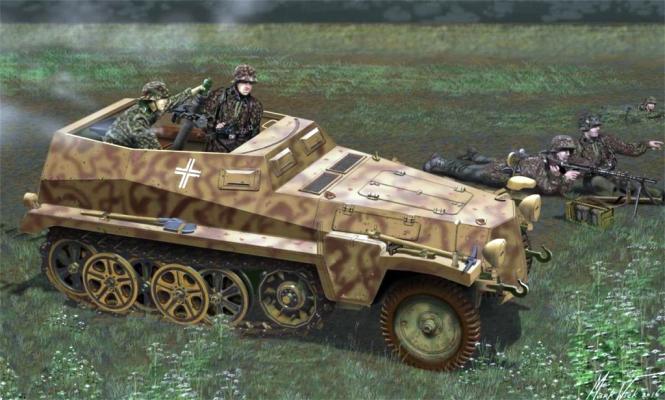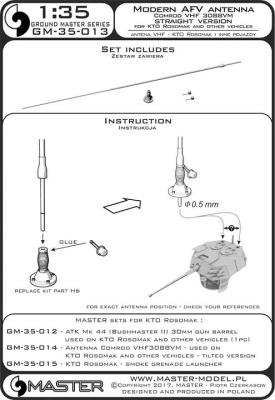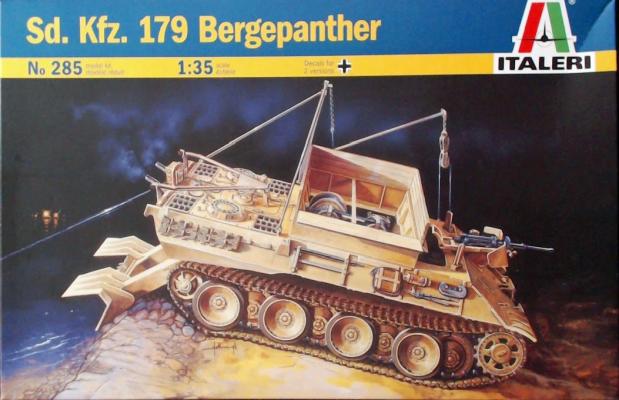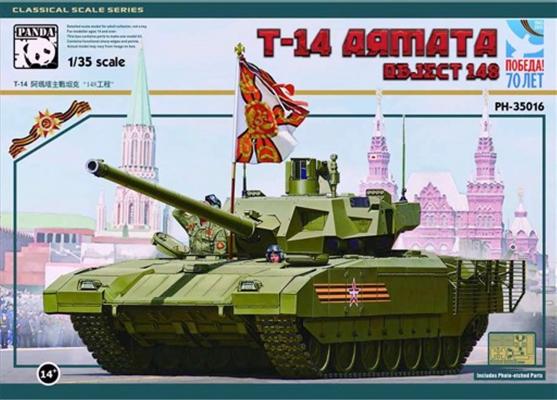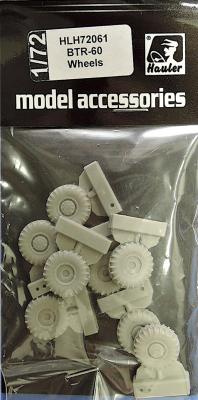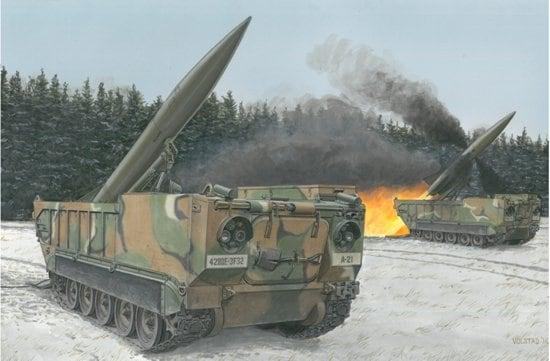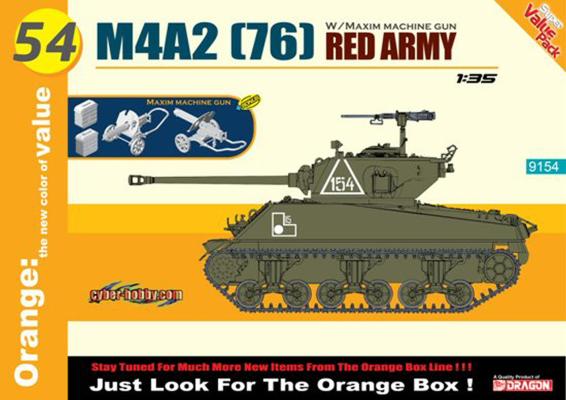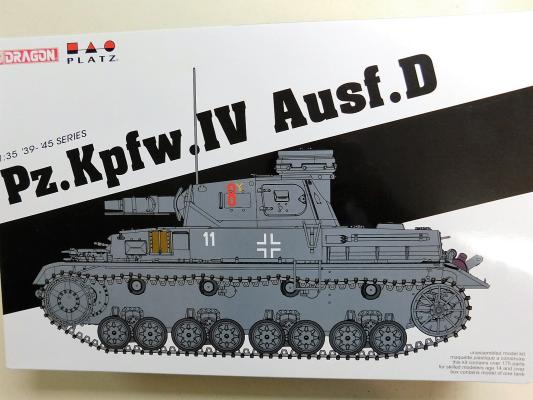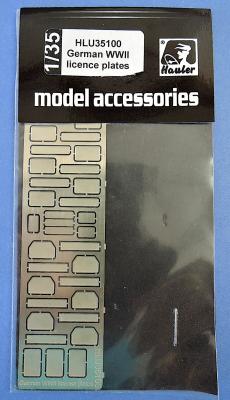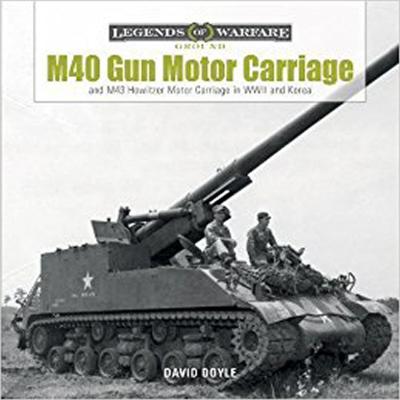The Germans of WW2 were notorious for multi-tasking vehicles, and this one is a good example. In this case, they mounted an 81mm mortar in a standard light armored half-track. I’m old enough to remember the last time a plastic kit manufacturer took a shot at this particular make – a motorized version by Arii back in the early 1970’s. The older kit was pretty poor by even the standards of the day, although it did provide a nice ammunition trailer (to carry the batteries for the motor, of course). Otherwise, there wasn’t much to recommend it.
Dragon has filled the void with a new release which does a fine job of capturing this beastie, including “magic tracks” which eliminate the odious task of snipping some 200 track bits off of sprues.

